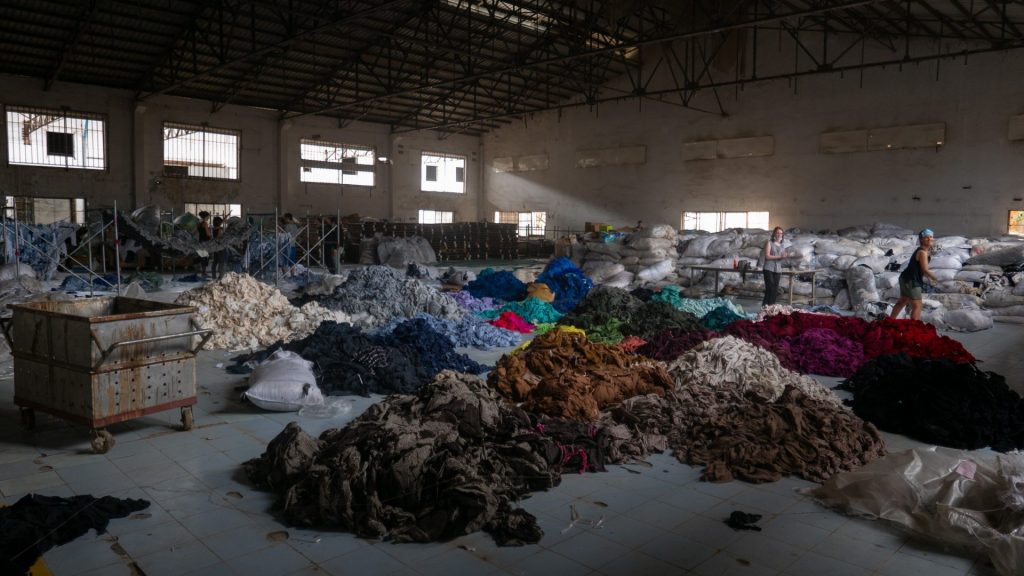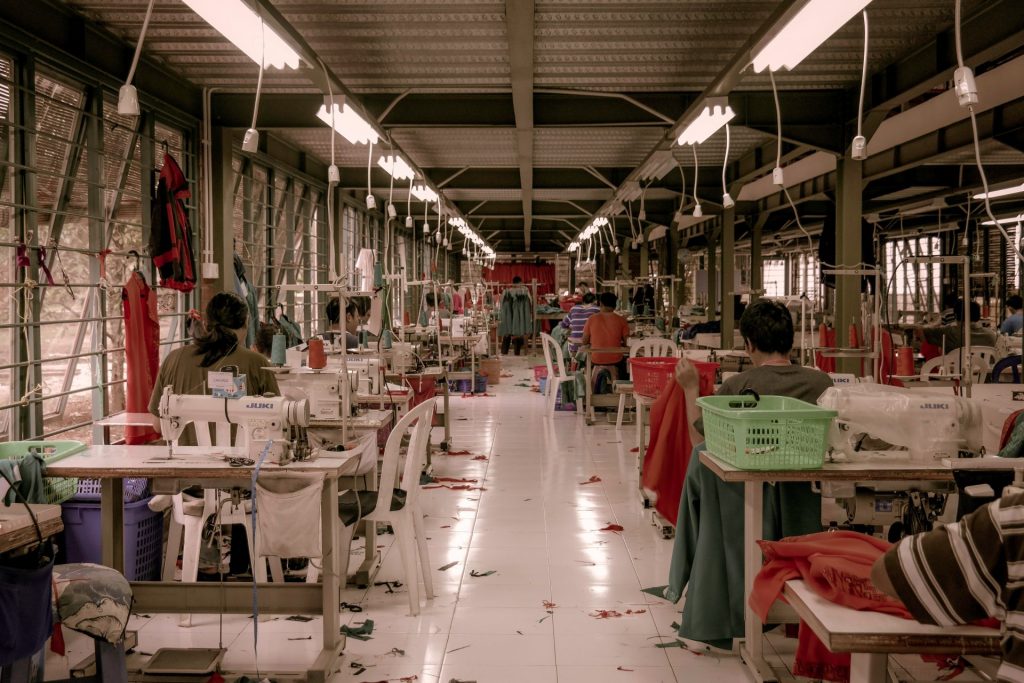Within 5 years, the number of sold clothes worldwide has doubled, from 50 billion to more than 100 billion garments annually. Global demand is expected to multiply again by 2030. Consumers buy an average of 60 garments per year. This is possible due to fast fashion. Brands like Zara, Primark and H&M are pathing the way and have expanded enormously since the year 2000.


Fast fashion companies produce clothes in very short intervals. They copy designer fashion and spread new trends. Pieces shown on catwalks in New York, Paris, Milan are reproduced by big fashion chains. These products can be purchased at a very low price, which creates an incentive for consumers to buy more clothes to keep up with the latest trends. New items get replaced or thrown away quickly. People are more likely to discard cheap, trendy clothes than more expensive, timeless pieces.
Fast Fashion Revolution
Fast fashion has revolutionized the textile production. In some cases brands present up to 24 collections annually. This leads to the result that people buy double the amount of clothes and wear it half as long as they used to before fast fashion came up. The way we deal with our clothes and belongings has changed. Purchased products lose their personal value and meaning to us. We don’t understand and therefore don’t value the work and processes behind an individual garment. Due to the low price, the product is classified as something inferior and easily replaceable.
Polyester the Fuel for Fast Fashion
The rapid growth of fast fashion would not have been possible without polyester. The synthetic fibre is cheap and easy to produce although it’s made from non-renewable petroleum. 60 percent of our clothing contains polyester. The CO2 emissions for synthetics are almost three times as high as for cotton. Additionally new scientific publications point out hazards for the environment and health. Synthetic microfibres, dissolve in the washing machine and end up in rivers and lakes.

Problems that come along with fast fashion have a devastating environmental impact. Furthermore in order to mass produce so many inexpensive products so quickly, items often aren’t ethically made. Factories are often sweatshops where laborers work in unsafe conditions for low wages and long hours. Many times children are employed and basic human rights are violated. Here are a number of ways the industry damages the planet.
- Water usage
- Microfibers
- Greenhouse gases
- Deforstation
- Toxins
- Human rights
What can we do?
New business models are needed to change the way of our current fashion system. The way clothes are made, used and disposed has to change. Fashion brands have to produce higher quality clothing that is durable, repairable and fully recyclable. This calls for new business approaches that promote changes and create appropriate systems in manufacturing, retailing, recycling, disposal, reuse and recycling. This would lead to a change in consumer behavior. A truly sustainable fashion industry hast to close the loop and slow down. To prevent the clothing collapse, we must say goodbye to fast fashion.



